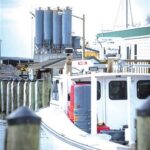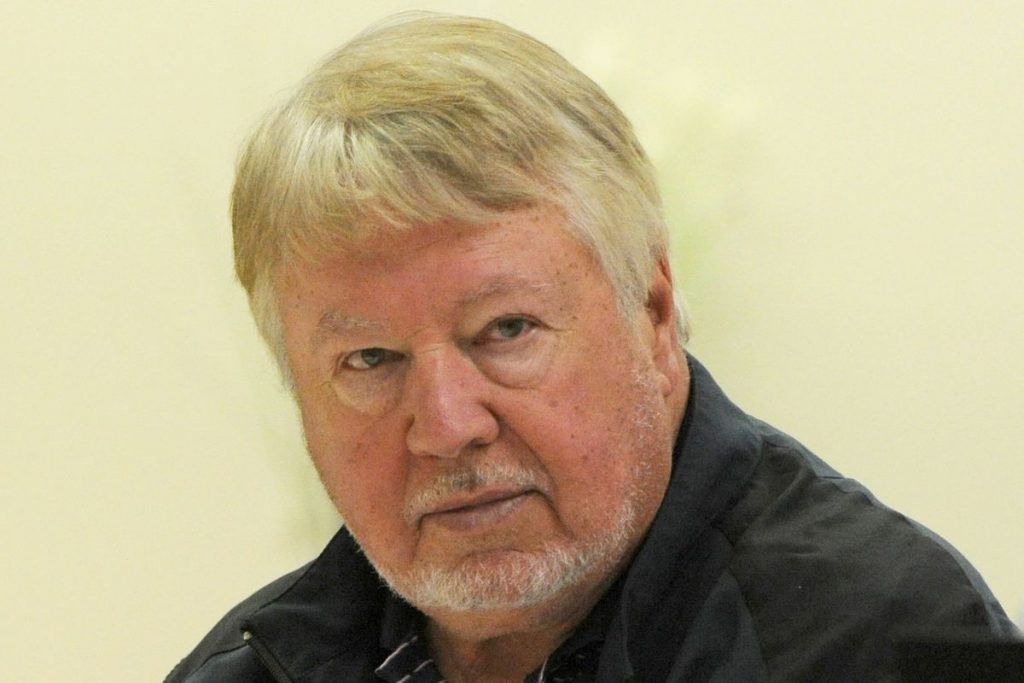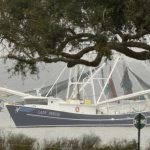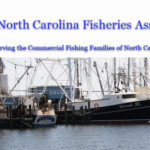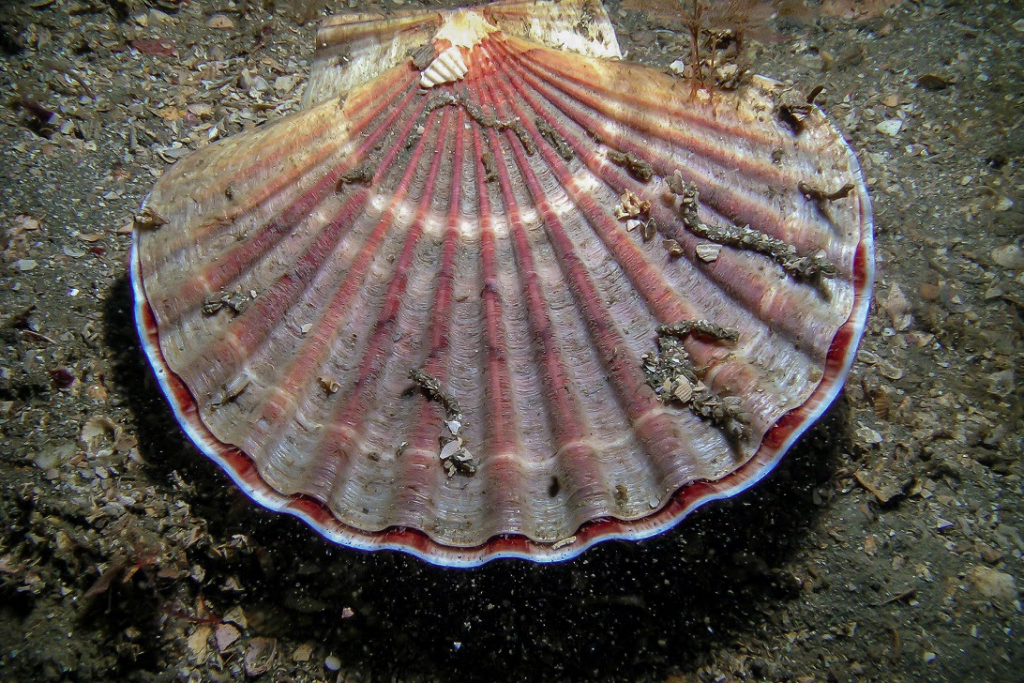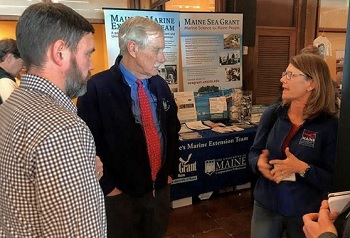Tag Archives: Skeena River
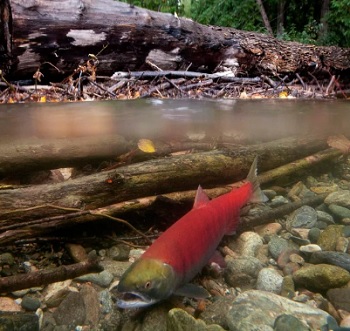
Commercial fishers and wild salmon advocates celebrate large returns to B.C. waters
Mitch Dudoward has worked in the salmon industry for more than 40 years and says fishing on the Skeena River in northwest B.C. has never been better. “This is the best season I can recall in my lifetime with the numbers we are catching,” said Dudoward, who recently completed a big sockeye haul aboard his gillnetter Irenda. Meanwhile, Bob Chamberlin, chairman of the First Nations Wild Salmon Alliance, said thousands of pink salmon are in Central Coast rivers after years of minimal returns. The strong run comes two years after the closure of two open-net Atlantic salmon farms in the area. “We got them removed and two years later we went from 200 fish in the river to where we have several thousand to date. In our mind and knowledge that is a really clear indicator.” >click to read< 10:41
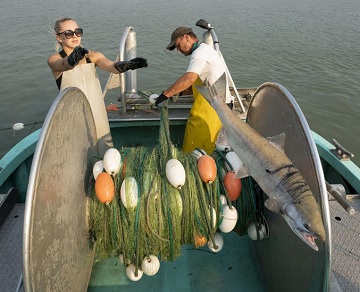
Strong sockeye salmon runs bode well for famed Fraser fishery
“The last bunch of years have just been nothing but doom and gloom when it comes to B.C. salmon,” said Granville-Island based fisher Steve Johansen, who just returned from “crazy” commercial fishing in Barkley Sound a week ago where sockeye returns were more than double Department of Fisheries and Oceans estimates. On the Skeena River, a key B.C. salmon river, returns have been 50 per cent higher than estimates. “I think everything else (that has) happened this summer before the Fraser runs is just making everybody’s anticipation and excitement just up a couple more notches,” Johansen said. >click to read< 12:50
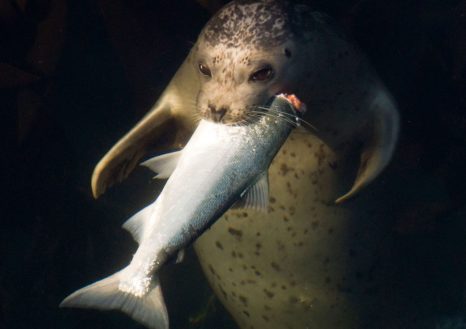
Are There Too Many Harbor Seals in British Columbia?
Earlier this year, Roy Jones Jr., a hereditary chief with the Haida First Nation, took a trip up the Skeena River, one of British Columbia’s prime salmon spawning grounds. Not far from the river mouth, he looked across the water at what he thought was a row of polished rocks. Then he pulled out his binoculars. “There were probably 120 seals lined up across that river,” Jones says. The seals were gobbling up juvenile salmon as the smolts made their way to the Pacific Ocean. It’s just one example of a problem that’s been growing up and down the coast, argues Jones, who recently co-founded an organization, to advocate for a cull of British Columbia’s harbor seals. A reduction in the harbor seal population is necessary to protect salmon species, some of which are highly threatened, Jones says. “We’ve got to do something, plain and simple.” >click to read<10:20
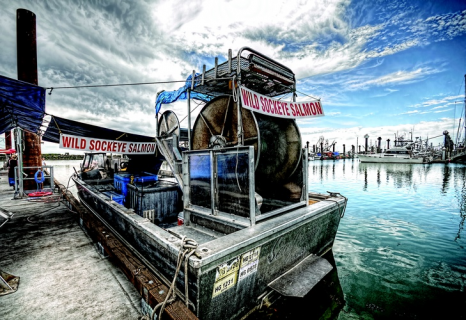
B.C. fishermen facing limited or no openings for sockeye
Commercial fishermen in B.C. won’t be getting many – if any – opportunities to harvest sockeye salmon this year, though they may be able to at least net some pink salmon. This year’s Fraser River sockeye return is expected to be low, based on historical patterns, and the early signs are that they are coming in even lower than forecast. Nass and Skeena River sockeye aren’t doing any better. The only runs that seem to be doing relatively well are Somass River sockeye and Central Coast chum salmon. No commercial opening had been expected for Somass sockeye, but returns were strong enough to allow for a small opening for seine and gillnet fisheries. click here to read the story 09:05
More Skeena River fish escaping North Coast fishermen in 2016
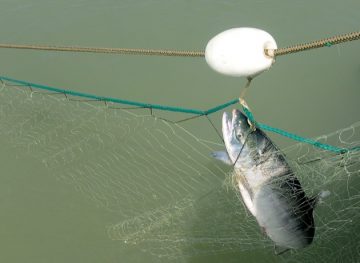 The fishing season has had a grim opening. While the season opened earlier than in recent years, fisherman are having a poor harvest in the Skeena River. The Skeena Tyee test fishery, a gillnetter that collects data for the Department of Fisheries and Oceans to determine the amount of sockeye salmon that escape the fishery, reported higher than average levels of escapement on July 8-9. The Northern Representative for the United Fishermen and Allied Workers’ Union (UFAWU), Joy Thorkelson, said only 7,000 fish were caught and there were 230 boats out fishing. Area 4, in the Skeena, is tracking well but people have different theories about why so many fish bypassed those fishermen. “We don’t know if it was deep or the fishermen weren’t fishing in the right areas. We don’t know what happened. There was lots of escapement and they should have caught way more than they did,” she said. Read the rest here 13:39
The fishing season has had a grim opening. While the season opened earlier than in recent years, fisherman are having a poor harvest in the Skeena River. The Skeena Tyee test fishery, a gillnetter that collects data for the Department of Fisheries and Oceans to determine the amount of sockeye salmon that escape the fishery, reported higher than average levels of escapement on July 8-9. The Northern Representative for the United Fishermen and Allied Workers’ Union (UFAWU), Joy Thorkelson, said only 7,000 fish were caught and there were 230 boats out fishing. Area 4, in the Skeena, is tracking well but people have different theories about why so many fish bypassed those fishermen. “We don’t know if it was deep or the fishermen weren’t fishing in the right areas. We don’t know what happened. There was lots of escapement and they should have caught way more than they did,” she said. Read the rest here 13:39
Low Skeena River sockeye numbers shut down First Nations food fishery, recreational fishery
![]() The reason for the closure is due to the extremely low number of salmon returning to the system. The DFO estimates that only 408,000 fish have returned, well below initial estimates of between 600,000 and 800,000. Kotyk said this is the first time these steps have been implemented on the river. more@thenorthernview
The reason for the closure is due to the extremely low number of salmon returning to the system. The DFO estimates that only 408,000 fish have returned, well below initial estimates of between 600,000 and 800,000. Kotyk said this is the first time these steps have been implemented on the river. more@thenorthernview

































